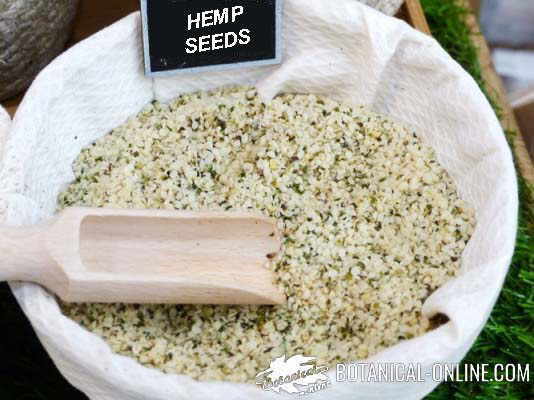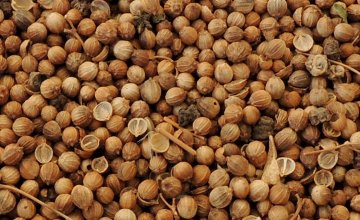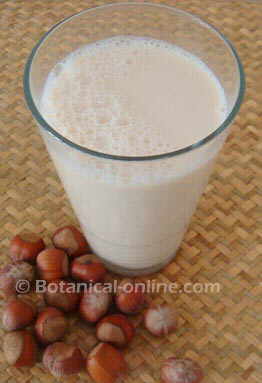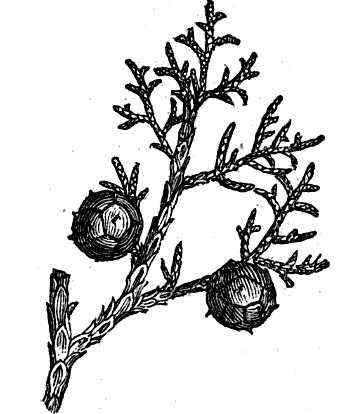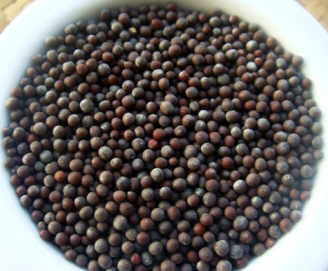Contents
- 1 Dangers of Purslane
- 1.1 Is purslane a dangerous plant?
- 1.2 What possible dangers does the consumption of purslane have?
- 1.3 Adverse effects of purslane: oxalates
- 1.4 Is it bad to eat purslane because of its oxalates?
- 1.5 Oxalates and kidney stones
- 1.6 What other possible toxic effects can purslane have?
- 1.7 Purslane in pregnancy
- 1.8 Veterinary toxicity
Dangers of Purslane
Is purslane a dangerous plant?
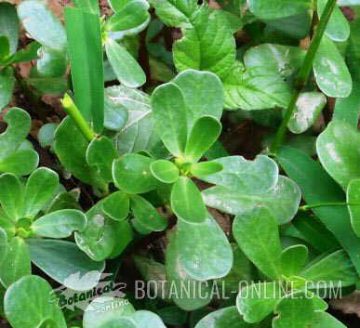
Purslane (Portulaca oleracea L.) is not a poisonous plant. The plant is edible and has medicinal properties. For this reason, it has been used traditionally both in food and in the preparation of different home remedies.
It is considered a safe plant in the recommended doses and in healthy adults.
What possible dangers does the consumption of purslane have?
As an edible wild plant, purslane presents certain dangers associated with its wild collection, which are mainly the risk of contamination by pesticides and grazing animals.
For this reason, the safest way to consume purslane is to grow it in our garden or buy it in grocery stores, as it is an undemanding plant that does not require special care. This advice is especially recommended for pregnant women and people with compromised defenses.
Adverse effects of purslane: oxalates
There are a number of possible adverse effects that can be caused by ingesting this plant. These are mainly due to the high oxalate content of the plant (9%). Oxalates are not toxic components, but if consumed in excess, they can cause small digestive irritations.
In addition, oxalates are mineral scavengers, they reduce the absorption of iron and calcium from the diet. So when purslane is taken, it must be accompanied by foods rich in calcium and iron.
For this reason, people with a tendency to kidney stones, heartburn, arthritis, rheumatism and gout should not take excess purslane.
For this reason, people with a tendency to kidney stones, heartburn, arthritis, rheumatism and gout should not eat purslane in excess.
Is it bad to eat purslane because of its oxalates?
Purslane is highly nutritious even though it contains oxalates. There are many plants that contain oxalates, such as spinach, beets, Swiss chard and nuts. In fact, it is impossible to eat “without oxalates”.
To compensate for its oxalate content, purslane can be combined with cheese or dairy products. In this way they are neutralized and cannot be absorbed.
*More information: How to remove oxalates
Oxalates and kidney stones
Oxalic acid can form a compound with calcium forming calcium oxalate crystals. These oxalates accumulate in the kidneys, increasing the risk of suffering from grit or stones in the kidneys (renal lithiasis), although only in those people who have a tendency to this alteration.
*More information: Oxalates and kidney stones
What other possible toxic effects can purslane have?
Within the Plant Kingdom there are numerous plants that produce many substances whose effect on human beings is not fully known. These components are very diverse and difficult to classify. In addition, it is possible that new active ingredients of a plant are detected in new studies, or depending on the country where it grows. In general, all these components are classified within the large group of phytochemicals (“chemicals produced by plants”).
Purslane contains a series of phytochemicals whose full effects on the body are not known, as is the case of its alkaloids (Oleracein A, B, C, D, E; Oleracin I, II).
For this reason, despite the edibility demonstrated by the years that purslane has been consumed as food, the safety of this plant cannot be guaranteed 100%. Therefore, caution is recommended with the consumption of this plant to the sick, people who take medications and children, people who may be more sensitive to its adverse effects.
Purslane in pregnancy
Purslane is an edible plant that is sold in supermarkets in many countries, just like spinach. However, in other countries, this herb can only be obtained from small farmers or wild collection.

In principle, for the reason stated above, it is recommended not to consume purslane during pregnancy, or to consume it in not very high doses (because the plant contains alkaloids).
In addition, it should be taken in small amounts because oxalic acid can cause digestive discomfort because it irritates the mucous membranes. Some people may experience stomachache when taking purslane, especially if gastritis is present.
*More information: Plants and pregnancy
Veterinary toxicity
Grazing animals that feed on purslane can become intoxicated and show digestive symptoms.
![]() More information on purslane
More information on purslane

